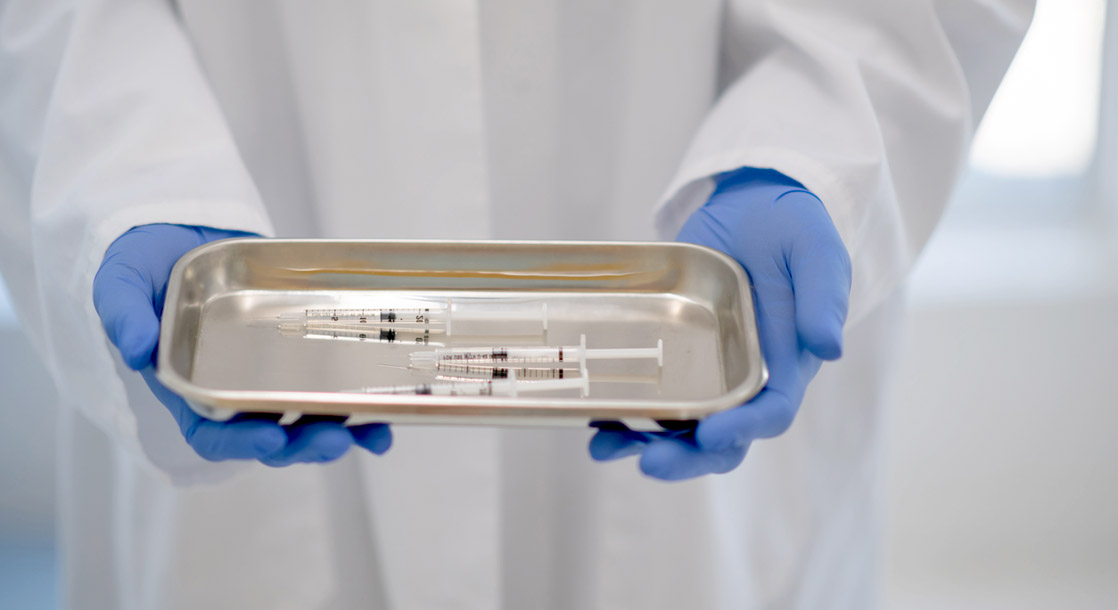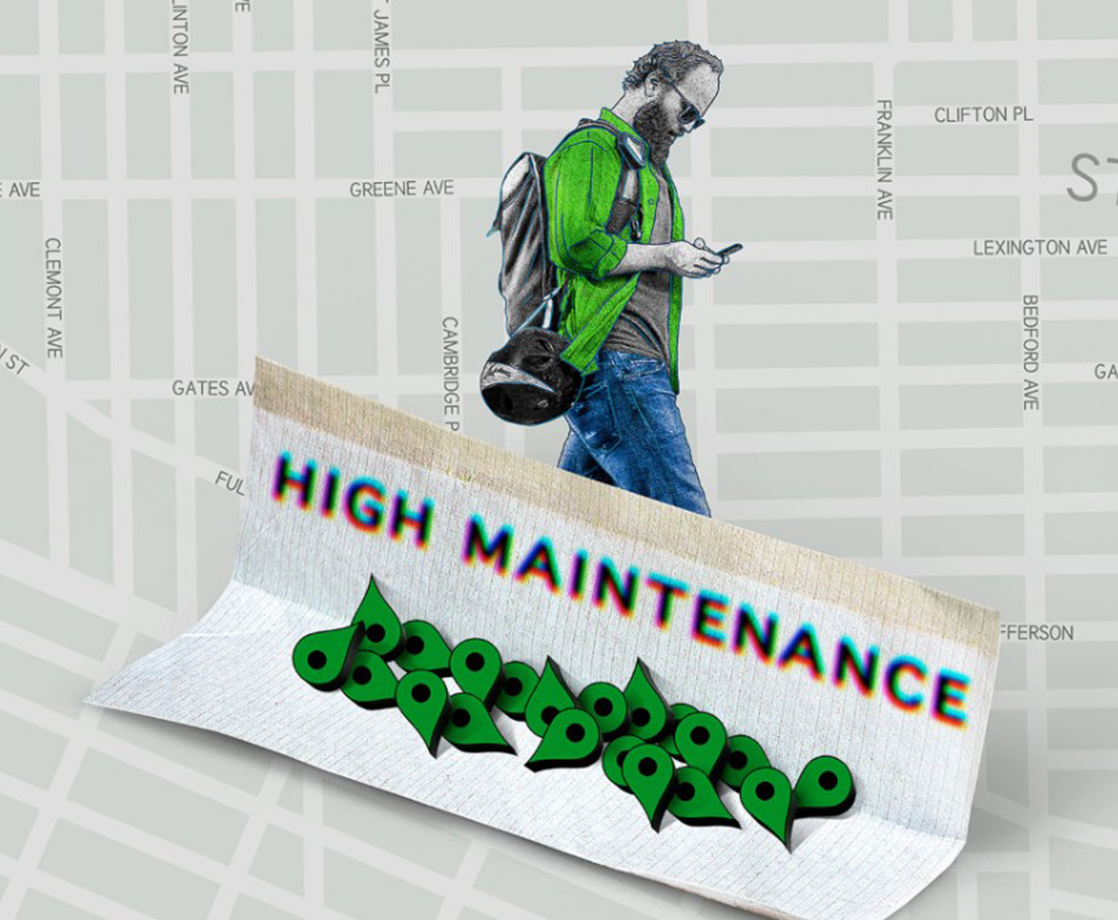We’re all trying to avoid a repeat of last year’s 100,000 lives lost to overdoses, correct? On Tuesday, New York City began that work in earnest, opening the first two safe injection sites in the United States. Two people’s lives were saved on the first day of operation alone, staff told the New York Times.
Safe injection sites are what the War on Drugs would look like if we waged it based on scientific data instead of racist scare tactics. The NYC centers are located in facilities that previously operated as needle exchanges run by city-funded non-profits New York Harm Reduction Educators and Washington Heights Corner Project, which have merged to become OnPoint NYC.
The facilities provide a safe place for people to administer intravenous drugs, with clean needles and trained staff standing by with naloxone in case of an overdose. Testing the drugs for impurities is available for those who request it.
Urgency regarding the opening of injection sites has grown with the rise of fentanyl, a dangerous adulterant used by narcotics dealers to ratchet up the high imparted by their wares, typically opioids. Fentanyl is 50 times more potent than heroin, a dramatic difference that can easily cause an overdose.
In the United States, the mere existence of safe injection sites has proven too controversial for even the most liberal cities until this week — although local residents have operated some unsanctioned sites out of desperation, like the one highlighted in this study by the New England Journal of Medicine. In other countries, safe injection sites have been an effective tool in keeping users safe. Over 100 sites already exist in Europe, Canada, and Australia.
Despite controversy over the centers’ existence — there has been NIMBY pushback, in addition to ethics concerns regarding harm reduction tactics — staff at New York’s new facilities have no doubts that they work they are doing will save lives.
“I know deep in my soul that we are doing the right thing,” said executive director of OnPoint NYC, Sam Rivera. “The data doesn’t lie.”
By 2 p.m. EST Tuesday, 40 people had used the sites’ services at the East Harlem location, and 32 at the facility in Washington Heights. Two overdoses had already been reversed by staff — a grim statistic, even if it confirms the urgency of such centers.
Stakes are high when it comes to the two new facilities. Their success (and successful evasion of federal prosecution) could lend muscle to plans in San Francisco, Philadelphia, Seattle, and Boston. These cities’ plans have hit legal or political roadblocks in the last year, largely due to concern over violating federal “crack house” laws that ban properties meant to host illegal drug use.
“Many cities have been waiting for someone to go first, particularly to see what the federal Department of Justice reaction is going to be,” Michael Botticelli, President Barack Obama’s director of the White House Office of National Drug Control Policy, told the New York Times.
Follow Caitlin on Instagram











